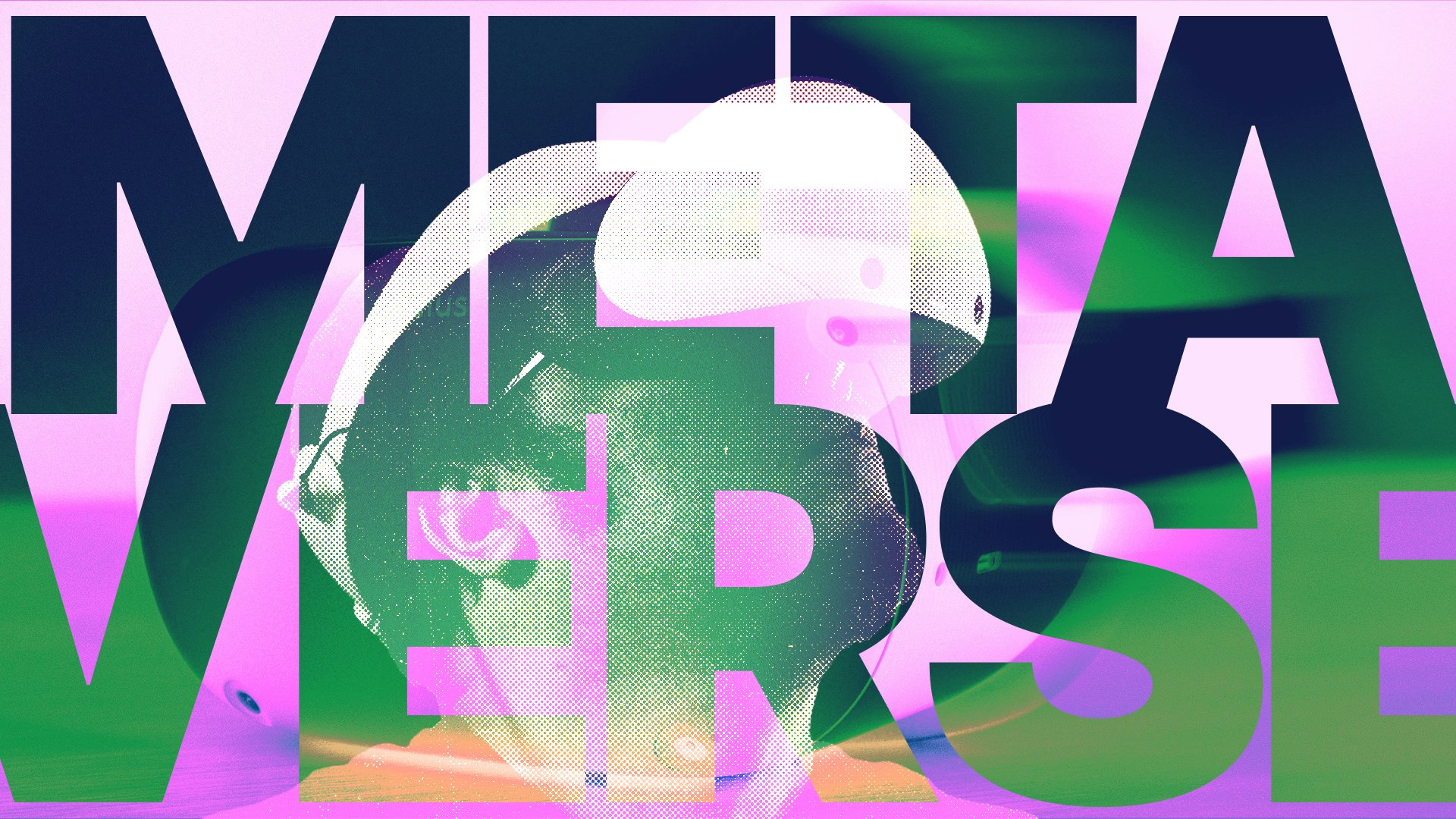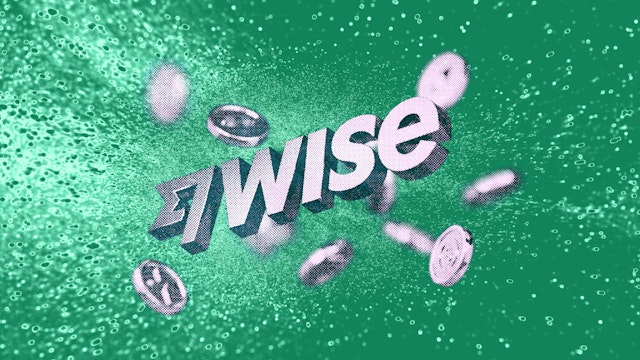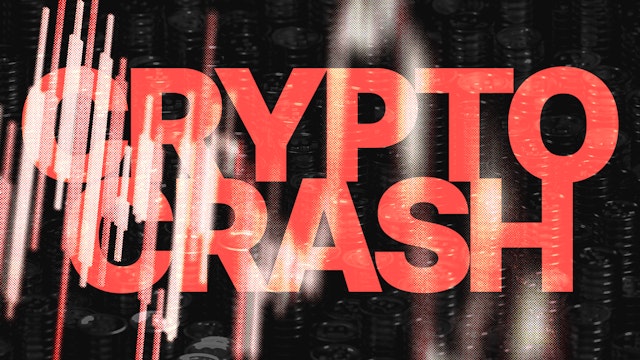What is the Metaverse? How Can I Enter the Metaverse?
What is the metaverse? A metaverse is a fully-immersive online environment but there are many different metaverses! We explain the Metaverse meaning.
In this article...
- Metaverse is a fully immersive environment
- There are multiple ways to access the metaverse
- Many use crypto as a form of payment in the online world.

The Metaverse is a virtual world that enables real-time interaction among users and provides various applications such as gaming, attending virtual events and working. It is inspired by science fiction novels like Snow Crash and Ready Player One, where avatars are used to navigate through virtual spaces.
The Metaverse vs. Traditional Online Spaces
Due to its immersive and interactive experience, which is lacking in conventional online spaces, a virtual world might be considered as the future of human interaction, entertainment, and commerce.
A virtual world is different from more common online spaces like Facebook and Reddit in that it is a version of the internet that is:
-Operating in real time
-3D
-Immersive and activity oriented.
How is the Metaverse different to cryptocurrencies and NFTs?
Unlike cryptocurrencies or NFTs, which refer to specific assets or tokens within a virtual space, the Metaverse refers to the overall virtual space, which is defined as dynamic, open, and interoperable.
NFTs and virtual worlds are two different concepts. Non-fungible tokens, or NFTs, are distinctive and one-of-a-kind digital assets that act as ownership records on the blockchain.
A virtual is a platform or virtual environment that enables users to interact with virtual objects and other users.
What are the key technologies?
A virtual world works by using a combination of virtual reality (VR), augmented reality (AR), and other immersive technologies. Mobile phones, laptops, and VR headsets are just a few of the gadgets that users can leverage to access the Metaverse. They can explore virtual spaces, create unique avatars, and take part in a variety of activities.
Although there is only one metaverse, similar to how there is only one internet, there will be a variety of virtual worlds within it, just like there are numerous websites on the internet. It is an open and interoperable space because it is not governed by a single entity and users are free to own, produce, and share their own content.
There are numerous virtual worlds currently under development, including Decentraland and the Sandbox, each with its own ecosystems and regulations.
The term "metaverse" is sometimes used to describe both decentralised worlds like Decentraland and Sandbox and centralised gaming environments like Roblox and Fortnite.
The history of the metaverse
It is a concept that has been around since the 1990s, when it was first introduced in Neal Stephenson's science fiction novel Snow Crash. It depicts a virtual reality universe where people can interact, work, and play in a fully immersive environment.
Since then, the idea has been touched upon in a number of works of popular culture, including Ready Player One and The Matrix. Text-based virtual environments like MUDs and MOOs from the 1980s and 1990s are early examples of technologies similar to the metaverse.
Another site, called Second Life, has been around for decades (since 2003) and was a very early virtual reality universe in some people’s opinion.
In recent years, advancements in virtual reality, augmented reality, and blockchain technologies have contributed to the growth of the virtual reality universe.
The term "metaverse" now refers to a wide range of virtual experiences, settings, and objects found in the digital world, from video games and online shops to fully immersive social settings.
How are virtual goods bought, sold and stored?
What are virtual goods, and how are they bought and sold?
Virtual goods, such as digital clothes, accessories, and even real estate, are bought and sold through various methods, including in-game purchases and online marketplaces, using real-world currency or cryptocurrency.
Many virtual reality universe platforms have their own virtual marketplaces, while others allow users to create and sell their own virtual goods.
How are virtual goods stored?
Virtual goods are stored in digital wallets secured through private keys or virtual inventory systems provided by the metaverse platforms.
Are virtual reality universe virtual goods a good investment?
Investing in virtual goods comes with risks, such as the possibility of platform shutdowns or the depreciation of the virtual currency used to purchase them. However, the growing popularity of metaverse platforms has led to a growing interest in investing in virtual goods, with some investors believing that the demand for virtual goods will make them a good investment.
Decentraland itself posted a profit of an estimated US$35 million dollars in 2023.
The impact of the metaverse
The impact of virtual reality universes is significant, potentially transforming the way we work, play, and interact with each other. People can engage in immersive experiences that are impractical in the real world, work remotely from any location, and attend events without having to leave their homes in this virtual world.
Spatial, a mixed-reality platform, is experimenting with virtual meetings that make remote collaboration more engaging and productive.
It offers new forms of entertainment, such as virtual concerts, art exhibits, and gaming experiences.
Additionally, the virtual reality universes may have an impact on society by opening up new avenues for economic activity. Companies and individuals will be able to build, trade, and invest in products, goods, and services, much like they do today in the physical world.
What are the ethical, legal, and social implications?
Privacy is a significant concern in digital worlds, because sensitive personal data collected can be lost or stolen due to cyberattacks.
There are also legal implications associated with ownership and usage rights of digital assets and property in virtual worlds.
Who is the legal owner of the digital land, structures, and other assets produced in the metaverse? The virtual reality universe transcends geographical boundaries and conventional legal systems, so there is also the issue of jurisdiction and regulation.
Social implications include the potential for creating new forms of inequality and exclusivity, as the cost of entry and participation may be prohibitive for some groups. In addition, there is the possibility of cyberbullying, harassment, and other negative behaviours in the virtual world.
What’s on the horizon?
The Metaverse is a rapidly evolving concept, however, in the past few years many people switched their interest to other areas of tech, like AI. However, development still is going forward.
With the advancement of AR/VR technology, it is now possible to create hybrid experiences that blend the virtual and actual worlds.
Companies like Magic Leap, for instance, are creating augmented reality (AR) headsets that can superimpose digital objects on the real world. Apple also have got skin in the game with their AR glasses that hope to make the real world into a metaverse.
Mark Zuckerberg is also having a crack at making the real world into a metaverse with his Ray-Ban AR glasses.
Blockchain and AI
The Metaverse is already becoming more integrated with other cutting-edge technologies, like blockchain and AI. Blockchain enables virtual assets to be owned and traded in the virtual reality universe, in the same way as physical assets.
AI will enable the creation of more responsive and lifelike virtual non-playable characters (NPCs). A virtual reality universe might also become more immersive as haptic technology advances bring experiences that users can feel, see, and touch.
A number of brands like Gucci and Heineken have entered the metaverse to create immersive community-focused experiences, sell virtual goods and design for inclusivity.
All of these advancements could lead to a more seamless and immersive experience for users. As virtual reality universes continue to grow and evolve, we can expect even more exciting possibilities to emerge.
What is the metaverse in simple terms?
It is a virtual world that enables real-time interaction and offers various applications. It is a digital space where people can interact through avatars, which are digital representations of themselves.
It can be experienced through virtual reality or augmented reality devices, and it can have different features and purposes depending on the platform or service.
The purpose is to create a network of shared, immersive virtual worlds where people can connect with friends, create and play games, work and shop.
It is also a way to enhance the social and creative aspects of the internet, by allowing people to interact in more realistic and engaging ways. The metaverse is not meant to replace reality, but to work in sync with it, and offer new possibilities for learning, entertainment, and commerce.
How do you get into the metaverse?
To enter, you need a device that can connect to the internet and access a virtual reality universe platform. Depending on the platform, you may also need additional equipment such as a virtual reality headset, a gaming console, or augmented reality glasses.
You also need to create an avatar, which is a digital representation of yourself, that can interact with other users and objects in the virtual world.
Here are the steps.
-Decide on which device to use. You can use a phone, a computer, or a gaming console to access, but some platforms may have specific requirements. Facebook Horizon is a platform that requires a VR headset and a Facebook account.
-Connect your device to the internet. You need a stable and fast internet connection to enter, as it involves streaming high-quality graphics and audio.
-Log in to a virtual reality universe platform. There are many platforms that offer different virtual worlds and experiences. Some of the popular ones are Roblox and Decentraland.
-Make an avatar that suits your preferences and personality.
After creating your avatar, you can explore the different virtual worlds and activities that the platform offers. You can join social spaces, games, concerts, events, and more. You can also create your own worlds and invite others to join.
What is an example of the metaverse?
Fortnite, is a popular “metaverse” that features a creative mode where players can design and share their own virtual worlds, as well as join live concerts, movies, and other events.
Facebook/ Meta Horizon, is a social virtual reality platform that allows users to create and explore immersive 3D spaces, interact with friends and strangers, and join games.
Roblox is a gaming platform that hosts millions of user-generated 3D worlds, where players can create and play games, and buy and sell virtual items.
VRChat is a social VR platform that lets users create and join various virtual worlds, customise their avatars, and communicate with voice and gestures.
Decentraland is a blockchain-based virtual world that lets users own and trade digital land, create and monetise content, and join various events and activities.
Second Life is an online world that lets users create and customise their own avatars, explore and build different environments, socialise and collaborate with others.
TLDR Summary
The Metaverse is a virtual world that offers real-time interaction among users and various applications such as virtual concerts and work. The concept was first introduced in Neal Stephenson's science fiction novel Snow Crash in the 1990s, where avatars are used to navigate through virtual spaces.
Unlike conventional online spaces like Facebook and Reddit, the Metaverse is 3D, immersive, and activity-oriented, operating in real-time.
The Metaverse employs virtual reality (VR), augmented reality (AR), and other immersive technologies to create a fully immersive environment.
Users can use gadgets like mobile phones, laptops, and VR headsets to explore virtual spaces, create unique avatars, and participate in activities in the Metaverse.
Virtual goods such as digital clothes, accessories, and real estate are bought and sold using real-world currency or cryptocurrency through in-game purchases and online marketplaces.
The popularity of Metaverse platforms has led to a growing interest in investing in virtual goods.
The Metaverse has the potential to transform the way we work, play, and interact with each other. However, there are concerns about privacy, ownership and usage rights of digital assets, and social implications such as inequality and exclusivity.
The Metaverse is rapidly evolving as it becomes more integrated with other cutting-edge technologies like AR/VR technology, blockchain and AI.
The metaverse can involve anything from the World of Warcraft, a mixing of the physical and digital worlds, a mix of VR and AR, artificial intelligence or creating on Unreal Engine - it's a huge idea.
In conclusion, the metaverse is a revolutionary concept that combines social media, 3D virtual worlds, and social networks into one immersive experience. Choose a platform: Roblox, Decentraland etc to get a glimpse into the potential of virtual worlds, paving the way for a future where our online interactions become even more engaging and lifelike.


Suggested Articles

Where to Keep Cryptocurrency: How to Store Crypto
Discover the best ways to store your crypto. Learn about software wallets, hardware options, and essential security practices.Read more
You Can Use Wise to Withdraw Fiat From Select Crypto Exchanges
Having a Wise account now means that you can deposit and withdraw fiat from registered crypto exchanges like CoinJar.Read more
Why is Crypto Crashing? Explaining the Crypto Bloodbath
Why is crypto crashing today? Here is the explanation of some of the blow-up.Read moreBrowse by topic
Disclaimer: This article is for informational purposes only and does not constitute financial or investment advice. Cryptocurrencies, including Bitcoin, are highly volatile and speculative assets, and there is always a risk that they could become worthless.
Readers should conduct their own research and consult with a qualified financial advisor before making any investment decisions.
CoinJar does not endorse the content of, and cannot guarantee or verify the safety of any third party websites. Visit these websites at your own risk.
Your information is handled in accordance with CoinJar’s Collection Statement.
CoinJar’s digital currency exchange services are operated by CoinJar Australia Pty Ltd ACN 648 570 807, a registered digital currency exchange provider with AUSTRAC.
CoinJar Card is a prepaid Mastercard issued by EML Payment Solutions Limited ABN 30 131 436 532 AFSL 404131 pursuant to license by Mastercard. CoinJar Australia Pty Ltd is an authorised representative of EML Payment Solutions Limited (AR No 1290193). We recommend you consider the Product Disclosure Statement and Target Market Determination before making any decision to acquire the product. Mastercard and the circles design are registered trademarks of Mastercard International Incorporated.
Google Pay is a trademark of Google LLC. Apple Pay is a trademark of Apple Inc.
This site is protected by reCAPTCHA and the Google Privacy Policy and Terms of Service apply.

